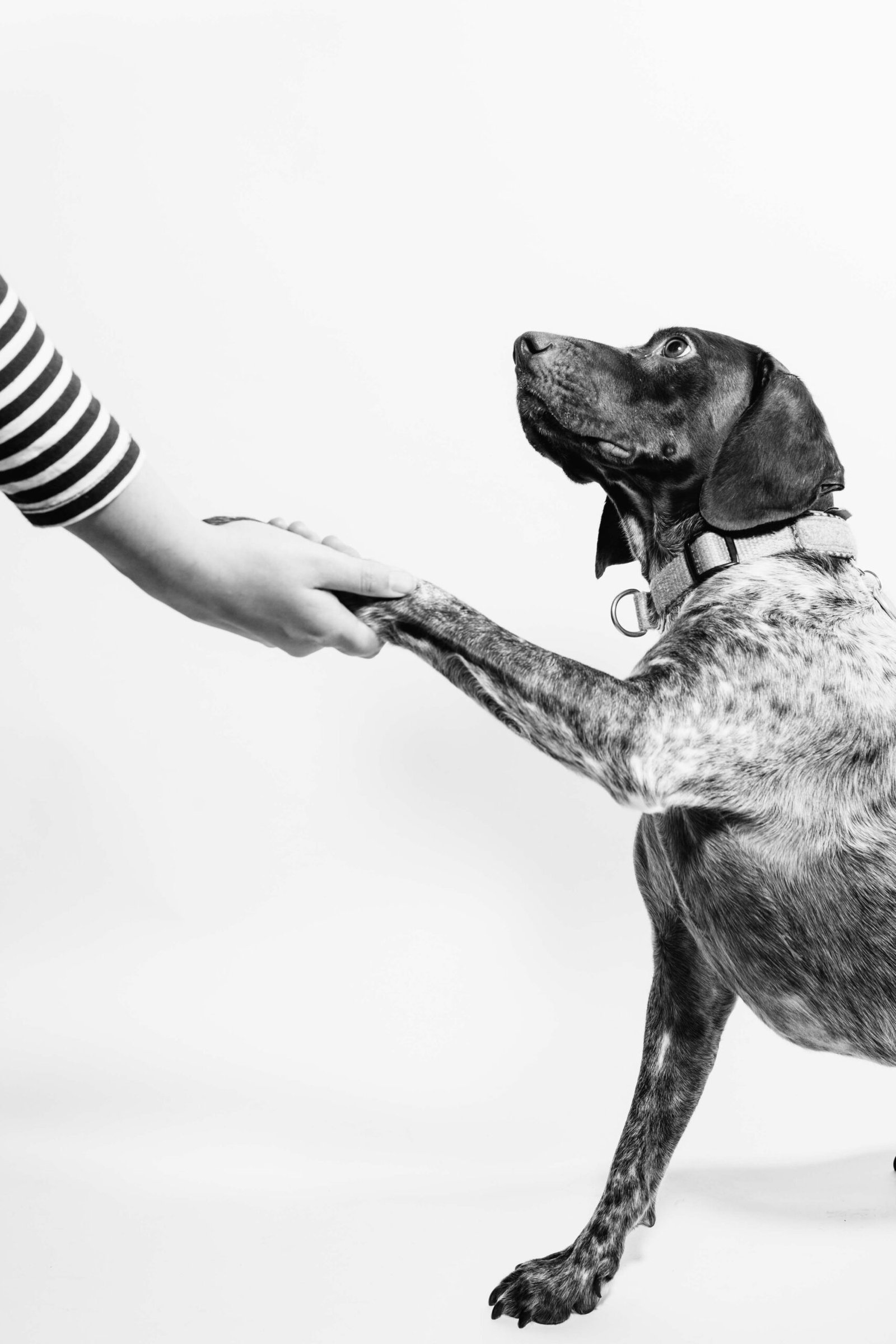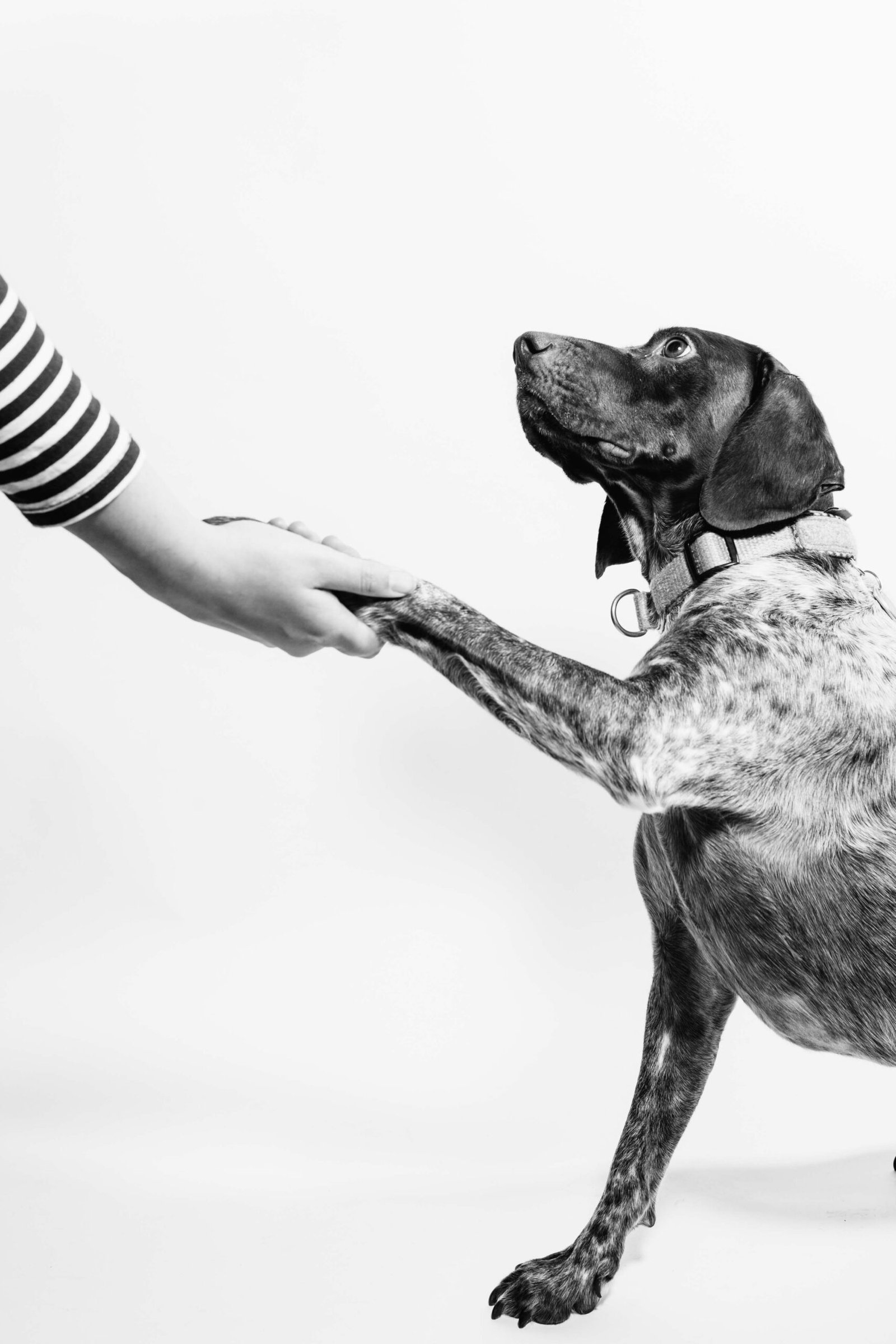The Ultimate Guide to Teaching Your Dog to Play Fetch
Are you looking for a fun and engaging way to bond with your furry friend? Teaching your dog to play fetch is not only a great way to exercise them physically, but it also stimulates their mental abilities. In this comprehensive guide, we will walk you through the step-by-step process of teaching your dog to play fetch, along with some current trends and tips to enhance your training experience.
Why Teach Your Dog to Play Fetch?
Playing fetch is a fantastic activity for both you and your dog. Not only does it provide an outlet for their energy, but it also strengthens the bond between you. Fetch encourages obedience, improves their coordination, and stimulates their problem-solving skills. Plus, it’s a great way to keep them entertained and mentally stimulated.
Step-by-Step Guide to Teach Your Dog to Play Fetch
- Start with basic obedience training: Before diving into fetch, make sure your dog has a solid foundation in basic commands like “sit,” “stay,” and “drop it.” This will ensure a smoother training process.
- Choose the right location: Find a quiet and safe space, preferably a fenced yard or a dog park, where your dog can run freely without distractions.
- Select the perfect fetch toy: Find a toy that is easy for your dog to pick up and carry, such as a tennis ball or a soft rubber ball. Avoid toys that are too small or have small parts that can be swallowed.
- Introduce the toy: Show your dog the toy and let them sniff it. Encourage them to interact with the toy by playing with it yourself and praising them when they show interest.
- Teach “take it” and “drop it” commands: Use treats or positive reinforcement to teach your dog to pick up the toy when you say “take it” and release it when you say “drop it.”
- Start short distances: Begin by throwing the toy a short distance and encouraging your dog to retrieve it. Use positive reinforcement and praise when they bring the toy back to you.
- Gradually increase the distance: As your dog becomes more comfortable with retrieving the toy, gradually increase the distance of your throws. Remember to reward them for their efforts.
- Make it more challenging: Introduce obstacles or vary the terrain to make the game more interesting and challenging for your dog. This will keep them engaged and mentally stimulated.
- Practice regularly: Consistency is key when training your dog. Set aside regular play sessions to reinforce their fetch skills and ensure they stay sharp.
- End on a positive note: Always end the play session on a positive note, with lots of praise and rewards. This will leave your dog excited and looking forward to the next game of fetch.
Current Trends in Teaching Dogs to Play Fetch
As dog owners continue to explore new ways to engage with their pets, several trends have emerged in the world of teaching dogs to play fetch:
- Interactive fetch toys: New interactive toys, such as automatic ball launchers and treat-dispensing fetch toys, add an extra level of excitement and challenge to the game.
- Training apps: With the rise of smartphone technology, there are now apps available that provide step-by-step guides and training tips for teaching your dog to play fetch.
- Positive reinforcement techniques: Modern training methods focus on positive reinforcement, using treats, praise, and play to motivate and reward dogs for their efforts.
- Group fetch sessions: Dog owners are organizing group fetch sessions in parks or dog-friendly areas, providing an opportunity for socialization and playtime with other dogs.
- Indoor fetch alternatives: For those living in apartments or areas with limited outdoor space, indoor fetch alternatives like hallway fetch or stairs fetch have gained popularity.
FAQs – Frequently Asked Questions
Q: How long does it take to teach a dog to play fetch?
A: The time it takes to teach your dog to play fetch can vary depending on their age, breed, and previous training experience. It may take a few days to a few weeks of consistent practice to see significant progress.
Q: Can any dog learn to play fetch?
A: Most dogs can learn to play fetch, regardless of their breed or age. However, some breeds may have a stronger instinct for retrieving objects, making the training process easier.
Q: What if my dog doesn’t bring the toy back?
A: If your dog doesn’t naturally bring the toy back to you, you can use positive reinforcement techniques to encourage them. Reward them with treats or praise when they come close to you with the toy, gradually shaping their behavior over time.
Q: How often should I play fetch with my dog?
A: The frequency of play sessions depends on your dog’s energy level and exercise needs. As a general guideline, aim for at least two to three fetch sessions per week, adjusting as needed.
Q: Can I teach an older dog to play fetch?
A: Yes, you can teach an older dog to play fetch. However, it may require more patience and persistence compared to training a younger dog. Start with short and easy sessions, gradually increasing the difficulty as they become more comfortable.
Q: Should I use a specific type of ball for fetch training?
A: It’s essential to choose a ball that is safe for your dog and easy for them to carry. Tennis balls and soft rubber balls are popular choices, but make sure to avoid small balls or those with small parts that can pose a choking hazard.
Q: Can fetch training help with behavioral issues?
A: Fetch training can be a beneficial tool for addressing certain behavioral issues, such as excessive energy, boredom, or lack of focus. It provides mental and physical stimulation, which can help alleviate these issues.
Q: How do I keep my dog motivated during fetch training?
A: Keeping your dog motivated during fetch training is crucial. Use high-value treats, praise, and enthusiastic encouragement to reward their efforts. Varying the distance, adding obstacles, or using interactive toys can also help maintain their interest.
Q: Can I play fetch indoors?
A: Yes, you can adapt fetch training for indoor play. Choose a safe and open area, such as a hallway or a large room, and use soft or lightweight toys to prevent damage to your surroundings.
Q: Are there any safety precautions I should take during fetch training?
A: Always prioritize your dog’s safety during fetch training. Ensure the area is free of hazards, such as sharp objects or toxic substances. Avoid overexertion, especially in hot weather, and monitor your dog’s behavior for signs of fatigue or discomfort.
Tips for Successful Fetch Training
Here are some additional tips to make your fetch training sessions even more successful:
- Be patient and consistent with your training. Rome wasn’t built in a day, and neither is a fetch champion.
- Use high-value treats or rewards to motivate your dog and reinforce positive behavior.
- Keep training sessions short and fun to prevent your dog from becoming bored or overwhelmed.
- Gradually increase the difficulty level as your dog becomes more proficient in fetch.
- Always end on a positive note, with plenty of praise and rewards for your dog’s efforts.
In conclusion, teaching your dog to play fetch is a rewarding experience that strengthens your bond and provides mental and physical stimulation for your furry friend. By following the step-by-step guide, incorporating current trends, and implementing the tips provided, you’ll be well on your way to enjoying countless hours of fetch fun with your canine companion. So grab a ball, get outside, and let the games begin!
Remember to share your fetch training success stories and tips with others on social media, and encourage them to join in on the fun!









